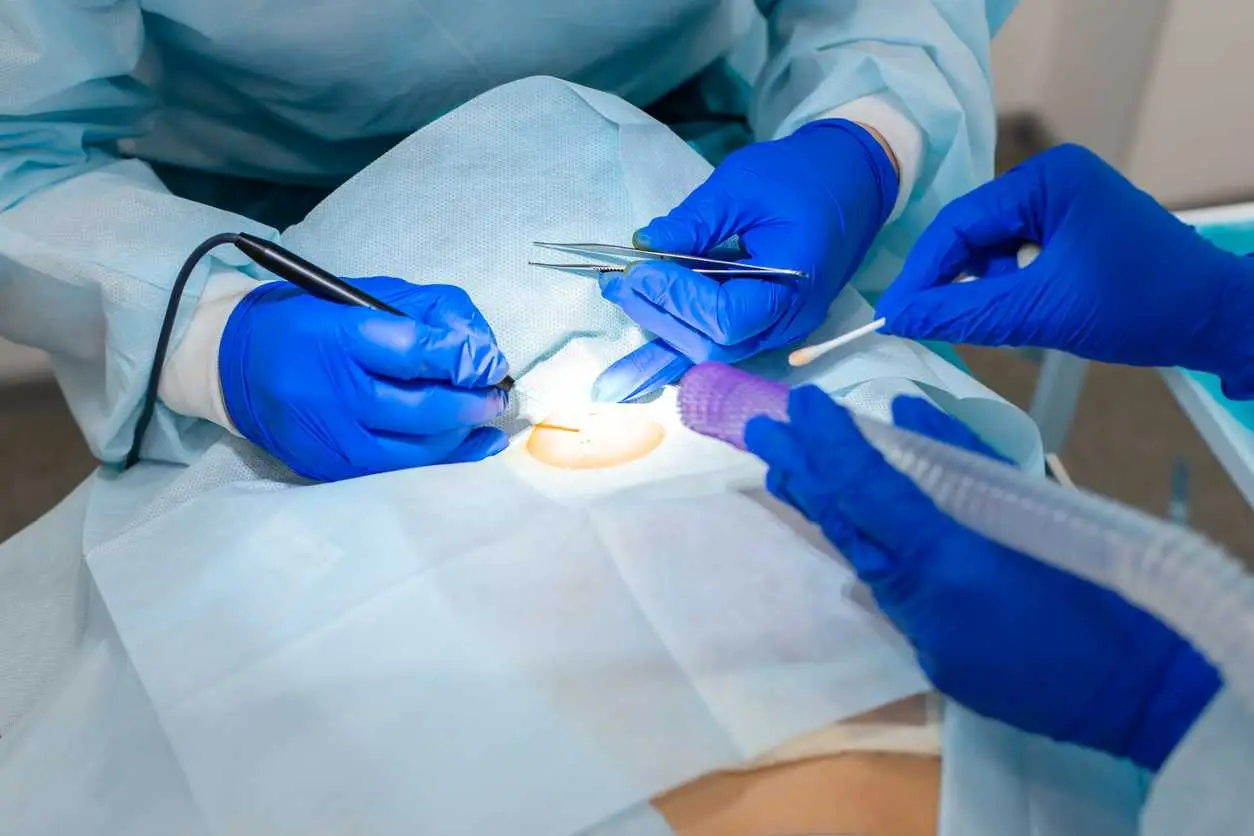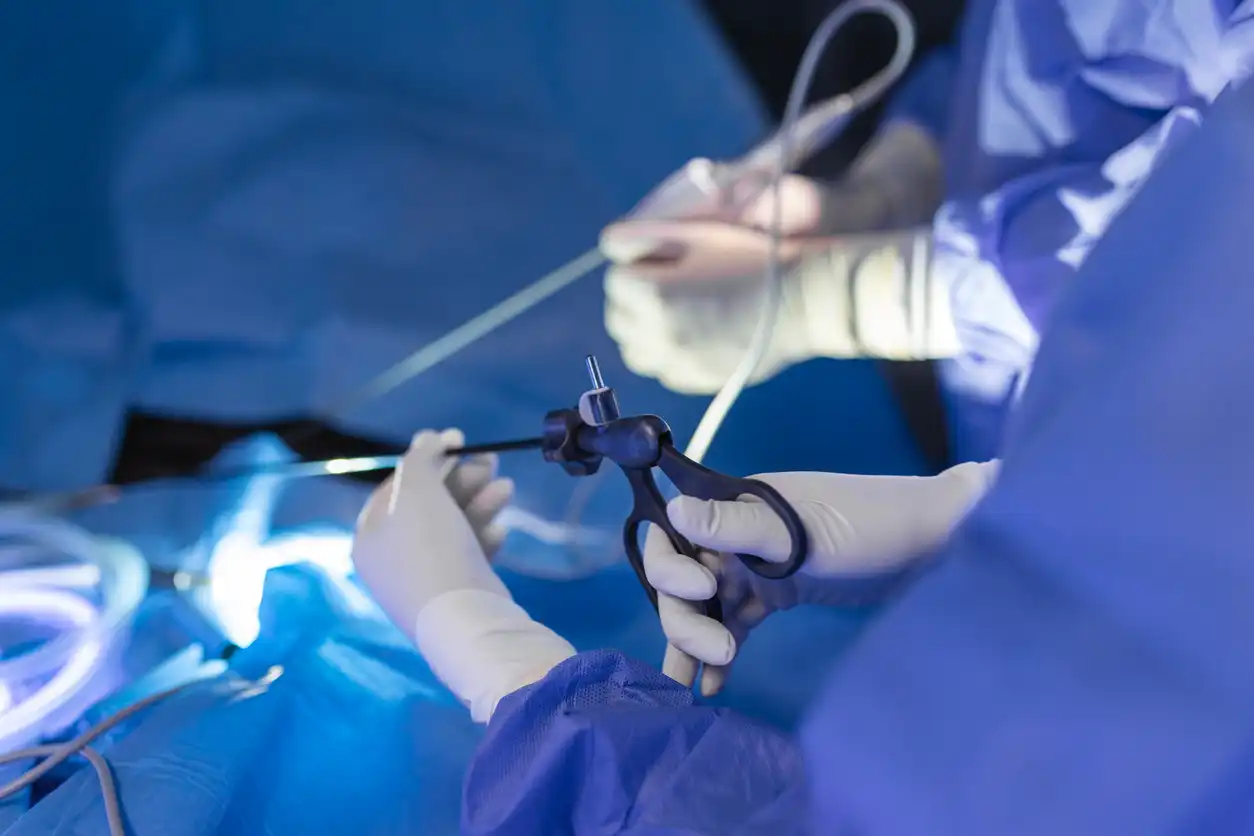Pilonidal cyst are skin pockets in the tailbone region that contains hair. Pilonidal cysts most commonly result in swelling, redness, and potential infection. Pilonidal cysts are typically brought on by ingrown hair or sitting, most often appearing in people with heavy hair. Some may be cured by rest, but most often, surgery will be the answer for life. Pilonidal cyst excision surgery training is a case of learning the do’s of effective treatment planning and the method of successful outcomes.
What Surgical Procedures Remove a Pilonidal Cyst?
Based on recurrence and cyst severity, there are many pilonidal cyst surgery types. One of the minimally invasive ones is also done as incision and drainage that drains pressure and pus but never actually closes the cyst wall. It’s often held back as first-time or primary infection.
More specific in target is the excision of pilonidal cyst surgery, where the cyst and a small layer of skin over it is extracted. Surgeons will incise in an open procedure, where the wound will heal on its own, or a closed procedure, where skin is sutured. In more complicated instances, flap procedures may be carried out, where some of the normal skin is swung into the area so there is space to heal.
How Do Patients Prepare for Pilonidal Cyst Surgery?
Physicians will instruct patients not to take medication that will thin their blood, in addition to telling patients not to have eaten before they are administered general anesthesia. Patients may be requested to shave or clip around the cyst area so that they will be less likely to develop an infection.
It is best that you go out and ready aftercare at home. Gauze, antibacterial cream, and even cushions to sit on in some instances are things you will need. Following the letter of what you are instructed to do by your surgeon makes the procedure along with recovery much easier.

What Can You Expect During Recovery?
Recovery from excision surgery pilonidal cyst is a matter of several weeks depending on the surgery performed. Drainage and excision heal quickly with excellent recurrence rates. Excision, especially open healing, heals slowly with excellent long-term results. Wound care on a day-to-day basis involves cleaning, dressing, and close inspection for infection signs daily.
Light work can usually be resumed by individuals within a week. Full pilonidal cyst excision surgery recovery, however, takes two months.
What Surgery Risks and Complications Exist?
While excision surgery pilonidal cyst is an uncomplicated procedure, there are some risks. These problems can include complications such as:
- Bleeding
- Infection
- Wound breakdown
- Recurrence
If these problems occur, they may require further treatment, possibly including another surgical procedure. Care must be taken in the almost unavoidable postoperative phase in order to avoid making a simple problem complicated. Follow the steps listed here under postoperative instructions carefully.
Allergy to anesthetic or deep tissue infection is not uncommon. Notify your doctor if you experience any unexplained symptoms such as fever, increase in pain, or further drainage. A well-experienced physician and proper plan of care minimize these complications to a large extent.
How Can You Prevent Pilonidal Cysts From Returning
Hygiene and certain lifestyle modifications prevent the recurrence of pilonidal cyst. Shaving the hair-bearing posterior part of the buttock and lower back prevents recurrence. Recurrence is prevented by repeated shaving or laser hair removal in most of the patients.”.
Repetitive cycles of sitting for long periods, especially over hard chairs and hard seats, also reduce tension on the site. Evisceration off the site and loose, comfortable clothing are also to be avoided. All are completely straightforward but amazingly effective pre-vents to recurrence following excision surgery pilonidal cyst.
When To See Your Doctor for Pilonidal Cyst
Redness and pain are sentinel symptoms of a pilonidal cyst, and it is red, inflamed, painful, and draining in the perianal area around the tailbone. If these are persistent or are severe, today is the day to get a health care provider. Some cysts become chronic and migrate into the skin, and the longer one waits to eliminate them, the more difficult they are to eliminate.
Visiting the doctor at the earliest possible time not only makes the treatment more effective but also keeps any complications in the future at bay. You need to schedule an appointment with your surgeon as soon as you can if you have already had cyst removal and yet you still experience the same symptoms.
What Are the Different Surgical Techniques Used?
Surgical management depends on the frequency and severity of the cyst. All give additional information guiding patients’ best management.
- Incision and drainage – Performed at once and even in outpatient, though no guard against recurrence or failure.
- Excision with open healing – Minimal chance of failure but procedure and also after day-to-day care more.
- Primary closure – Close wound and stitch, heal but permit recurrence.
- Flap surgery – It moves healthy tissue into the deficit to camouflage stubborn or difficult cysts to heal and provide tension.
They both have pros and cons. Your doctor will determine which one to perform on you, depending on your condition.
What Do You Need To Know About Long-Term Care and Lifestyle Changes?
Even if pilonidal cyst surgery is successful, follow-up is to be sought. Keep the area clean and dry. You may be instructed to shave regularly, especially if you continue to grow hair in the area. Bathing daily with antibacterial soap will keep the site as clean as possible.
You can also try pressure-reducing pillows if you are sitting throughout the day working in a sitting job. Exercise, weight loss, and dressing in loose-fitting clothing also attempt to minimize your risk for cyst recurrence. Handling with care and gentleness towards new symptoms and follow-up will result in long-term success.
How Do You Find the Right Surgeon for Pilonidal Cyst Removal?
The outcome of pilonidal cyst treatment depends on finding the right professional. Start by looking for board-eligible general or colorectal surgeons who specialize in treating the condition. Ask about their success rate, how often they perform the procedure, and follow-ups.
Referrals from other patients and seasoned surgeons online can also be helpful. Make sure the surgeon offers adequate follow-up records and an acceptable plan of recovery. Adherence to your physician is a colossal part of cure success.
Conclusion
Surgery by a surgeon to close off pilonidal cysts can bring long-term relief from this condition. Steps towards the learning process, your recovery time frame, and your recurrence prevention enable you to make quality decisions for you and your own health. Getting your doctor involved with your post-operative attempt and your treatment in the proper way keeps your risk low to return and complicating. Get control now, do it now, and you’ll be back on your feet again that much sooner, cyst-free, for the rest of your life.







